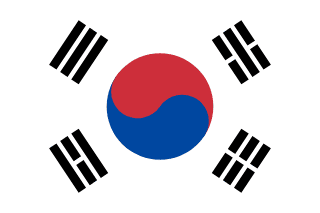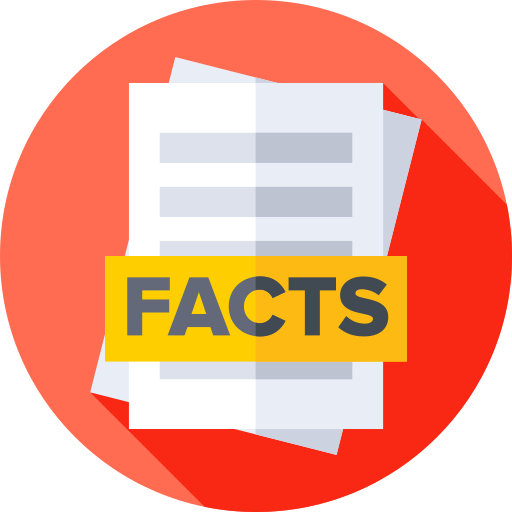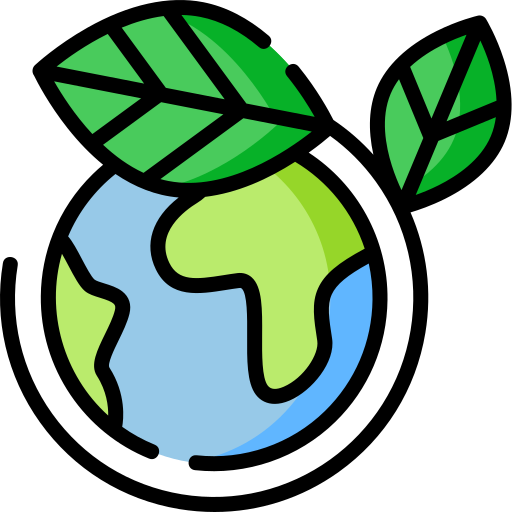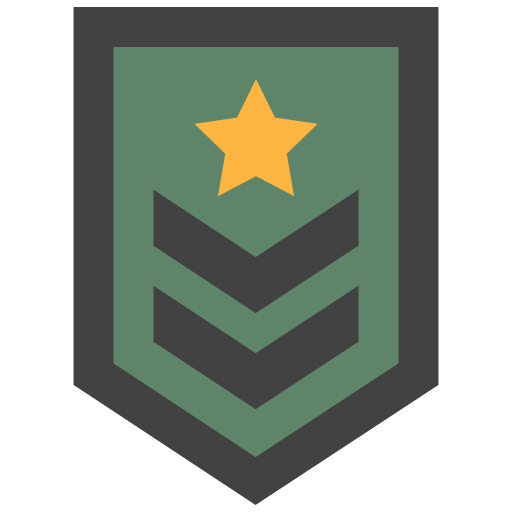South Korea - Government

Based on the etymolgy of South Korea, it was derived from the Chinese name for Goryeo, which was the Korean dynasty that united the peninsula in the 10th century A.D.; the South Korean name "Han'guk" derives from the long form, "Taehan-min'guk," which is itself a derivation from "Daehan-je'guk," which means "the Great Han Empire". The Government system in this country is the presidential republic type and the different Administrative divisions includes: 9 provinces (do, singular and plural), 6 metropolitan cities (gwangyeoksi, singular and plural), 1 special city (teugbyeolsi), and 1 special self-governing city (teukbyeoljachisi)
provinces: Chungcheongbuk-do (North Chungcheong), Chungcheongnam-do (South Chungcheong), Gangwon-do, Gyeongsangbuk-do (North Gyeongsang), Gyeonggi-do, Gyeongsangnam-do (South Gyeongsang), Jeju-do (Jeju), Jeollabuk-do (North Jeolla), Jeollanam-do (South Jeolla)
metropolitan cities: Busan (Pusan), Daegu (Taegu), Daejeon (Taejon), Gwangju (Kwangju), Incheon (Inch'on), Ulsan
special city: Seoul
special self-governing city: Sejong
provinces: Chungcheongbuk-do (North Chungcheong), Chungcheongnam-do (South Chungcheong), Gangwon-do, Gyeongsangbuk-do (North Gyeongsang), Gyeonggi-do, Gyeongsangnam-do (South Gyeongsang), Jeju-do (Jeju), Jeollabuk-do (North Jeolla), Jeollanam-do (South Jeolla)
metropolitan cities: Busan (Pusan), Daegu (Taegu), Daejeon (Taejon), Gwangju (Kwangju), Incheon (Inch'on), Ulsan
special city: Seoul
special self-governing city: Sejong
National symbols
Taegeuk (yin-yang symbol), Rose of Sharon (Hibiscus syriacus), Siberian tiger.
The flag
The National flag of South Korea has .
Info
The National Anthem
| Title | |
|---|---|
| Lyric/music |
Info
More about the government of South Korea
| Date of Independence | 15 August 1945 (from Japan) |
|---|---|
| National holiday | Liberation Day, 15 August (1945) |
| Legal system | mixed system combining European civil law, Anglo-American law, and Chinese classical thought |
| International law organization participation | has not submitted an ICJ jurisdiction declaration; accepts ICCt jurisdiction |
| Constitution | |
| History | Several previous; latest passed by National Assembly 12 October 1987, approved in referendum 28 October 1987, effective 25 February 1988 |
| Amendment process | Proposed by the president or by majority support of the National Assembly membership; passage requires at least two-thirds majority vote by the Assembly membership, approval in a referendum by more than one half of the votes by more than one half of eligible voters, and promulgation by the president |
| Citizenship | |
| Citizenship by birth | no |
| Citizenship by descent only | at least one parent must be a citizen of South Korea |
| Dual citizenship recognized | no |
| Residency requirement for naturalization | 5 years |
| Executive Branch | |
| Chief of state | President LEE Jae-myung (since 4 June 2025) |
| Head of government | Prime Minister KIM Min-seok (since 3 July 2025) |
| Cabinet | State Council appointed by the president on the prime minister's recommendation |
| Election/appointment process | president directly elected by simple-majority popular vote for a single 5-year term; prime minister appointed by president with consent of the National Assembly |
| Most recent election date | 3 June 2025 (special snap election in the wake of the impeachment of former President YOON Suk-yeol) |
| Election results | 2025: LEE Jae-myung elected president; LEE Jae-myung (DPK) 49.4%, KIM Moon-soo (PPP) 41.2%, LEE Jun-seok (New Reform Party) 8.3% 2022: YOON Suk-yeol elected president; YOON Suk-yeol (PPP) 48.6%, LEE Jae-myung (DPK) 47.8%; other 3.6% |
| Expected date of next election | 2030 |
| Legislative branch | |
| Legislature name | National Assembly (Kuk Hoe) |
| Legislative structure | Unicameral |
| Number of seats | 300 (all directly elected) |
| Electoral system | Mixed system |
| Scope of elections | Full renewal |
| Term in office | 4 years |
| Most recent election date | 4/10/2024 |
| Parties elected and seats per party | Democratic Party of Korea (161); People Power Party (90); People Future Party (18); Other (31) |
| Percentage of women in chamber | 20.3% |
| Expected date of next election | April 2028 |
| Judicial branch | |
| Highest court(s) | Supreme Court (consists of a chief justice and 13 justices); Constitutional Court (consists of a court head and 8 justices) |
| Judge selection and term of office | Supreme Court chief justice appointed by the president with the consent of the National Assembly; other justices appointed by the president on the recommendation of the chief justice and consent of the National Assembly; position of the chief justice is a 6-year nonrenewable term; other justices serve 6-year renewable terms; Constitutional Court justices appointed - 3 by the president, 3 by the National Assembly, and 3 by the Supreme Court chief justice; court head serves until retirement at age 70, while other justices serve 6-year renewable terms with mandatory retirement at age 65 |
| Subordinate courts | High Courts; District Courts; Branch Courts (organized under the District Courts); specialized courts for family and administrative issues |
| Diplomatic representation in the US | |
| Chief of mission | Ambassador-designate KANG Kyung-wha (since October 2025) |
| Chancery | 2450 Massachusetts Avenue NW, Washington, DC 20008 |
| Telephone | [1] (202) 939-5600 |
| FAX | [1] (202) 797-0595 |
| Email address and website | [email protected] https://overseas.mofa.go.kr/us-en/index.do |
| Consulate(s) general | Anchorage (AK), Atlanta, Boston, Chicago, Dallas, Hagatna (Guam), Honolulu, Houston, Los Angeles, New York, San Francisco, Seattle, Philadelphia |
| Diplomatic representation from the US | |
| Chief of mission | Ambassador (vacant); Chargé d'Affaires Kevin KIM (since October 2025) |
| Embassy | 188 Sejong-daero, Jongno-gu, Seoul |
| Mailing address | 9600 Seoul Place, Washington, DC 20521-9600 |
| Telephone | [82] (2) 397-4114 |
| FAX | [82] (2) 397-4101 |
| Email address and website | [email protected] https://kr.usembassy.gov/ |
| Consulate(s) | Busan |
| National heritage | |
| Total World Heritage Sites | 17 (15 cultural, 2 natural) |
| Selected World Heritage Site locales | Jeju Volcanic Island and Lava Tubes (n); Changdeokgung Palace Complex (c); Jongmyo Shrine (c); Seokguram Grotto and Bulguksa Temple (c); Hwaseong Fortress (c); Gochang, Hwasun, and Ganghwa Dolmen Sites (c); Gyeongju Historic Areas (c); Namhansanseong (c); Baekje Historic Areas (c); Sansa, Buddhist Mountain Monasteries in Korea (c); Royal Tombs of the Joseon Dynasty (c); Petroglyphs along the Bangucheon Stream (c) |
Key Political parties and their leaders in South Korea
Info
International organization participation
All Important Facts about South Korea
Want to know more about South Korea? Check all different factbooks for South Korea below.
-
 South Korea Factbook
South Korea Factbook
-
 The Economy of South Korea
The Economy of South Korea
-
 Learn about the Government of South Korea
Learn about the Government of South Korea
-
 Communication in South Korea
Communication in South Korea
-
 Popular Universities in South Korea
Popular Universities in South Korea
-
 Enerny in South Korea
Enerny in South Korea
-
 Transport in South Korea
Transport in South Korea
-
 The Geography and society of South Korea
The Geography and society of South Korea
-
 The Environment of South Korea
The Environment of South Korea
-
 Military and security in South Korea
Military and security in South Korea